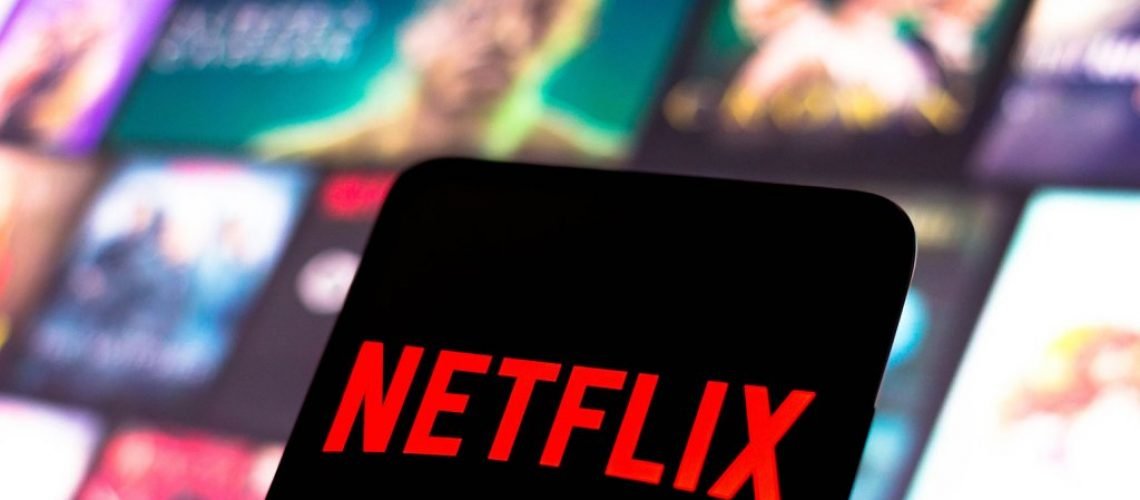Investors have reason to feel upbeat about subscription businesses after Netflix revealed better-than-expected quarterly results on Tuesday (July 19).
Netflix subscribers dropped 970,000 subscribers to 220.7 million in the second quarter — it warned in April that it expected to lose as many as 2 million subscribers — and forecast a 1 million-subscriber gain in the third quarter. Analysts polled by Refinitiv expected Netflix to lose an average of 1.84 million subscribers in the second quarter, according to Reuters.
The good news caused Netflix’s share price to quickly rise 8.2% to $218.15 in after-hours trading on Tuesday, up from $201.63 on Monday, when shares gained 5.6%. Still, Netflix shares are down 66.5% year to date through Tuesday.
Tuesday’s announcement was also good news for other subscription businesses. Netflix’s woes — primarily subscriber losses but also layoffs and a pullback in spending — have caused analysts and investors to question the health of music streaming platforms. Shares of Spotify, the world’s largest music streaming company, plunged 6.3% and 10.9%, respectively, on the day following Netflix’s two previous earnings releases. Following Netflix’s earnings announcement on Tuesday, Spotify shares rose 2.9% to $111.80 in after-hours trading. Overall in 2022, Spotify shares have fallen 53.6% — from $234.03 at the start of the year to Tuesday’s closing price of $108.68 (up 4.9% on the day) — and hit a low of $89.03 on May 12.
As Netflix subscription growth sagged amidst heightened competition in streaming video on demand (SVOD) platforms, music executives have attempted to distance music services from the chaos in the video marketplace. “We see SVOD completely differently to music streaming,” Universal Music Group CEO Sir Lucian Grainge said during the company’s May 3 earnings call. Michael Nash, UMG executive vp of digital strategy, added, “SVOD platforms focus on originals and exclusive content, and it’s content most viewers are watching only once.” That causes some subscribers to jump from platform to platform based on specific programming. In contrast, music platforms have the same music content from all labels, giving consumers less of a reason to cancel a subscription or switch services.
With inflation squeezing consumers’ pocketbooks, music streaming services may have benefitted from refusing to raise most prices in an effort to maximize adoption. “I personally look at what’s happened, say, in the video streaming business,” Spotify CEO Daniel Ek said during the company’s June 8 investor presentation, “and I wondered to myself whether or not that industry didn’t get ahead of itself. Because, frankly, yes, it did increase prices, but it’s also finding itself in a position where it’s harder and harder for it to find future growth.”
Despite the flagging stock prices of Spotify and four other publicly traded music streaming companies — Anghami, Deezer, Tencent Music Group and Cloud Village — music streaming royalties are expected to grow through the end of the decade. In fact, last month Goldman Sachs upped its 2030 forecast for global recorded music royalties, from $45.7 billion to $53.2 billion, based on increased estimates for paid subscription revenues per user and gains in ad-funded streaming.




